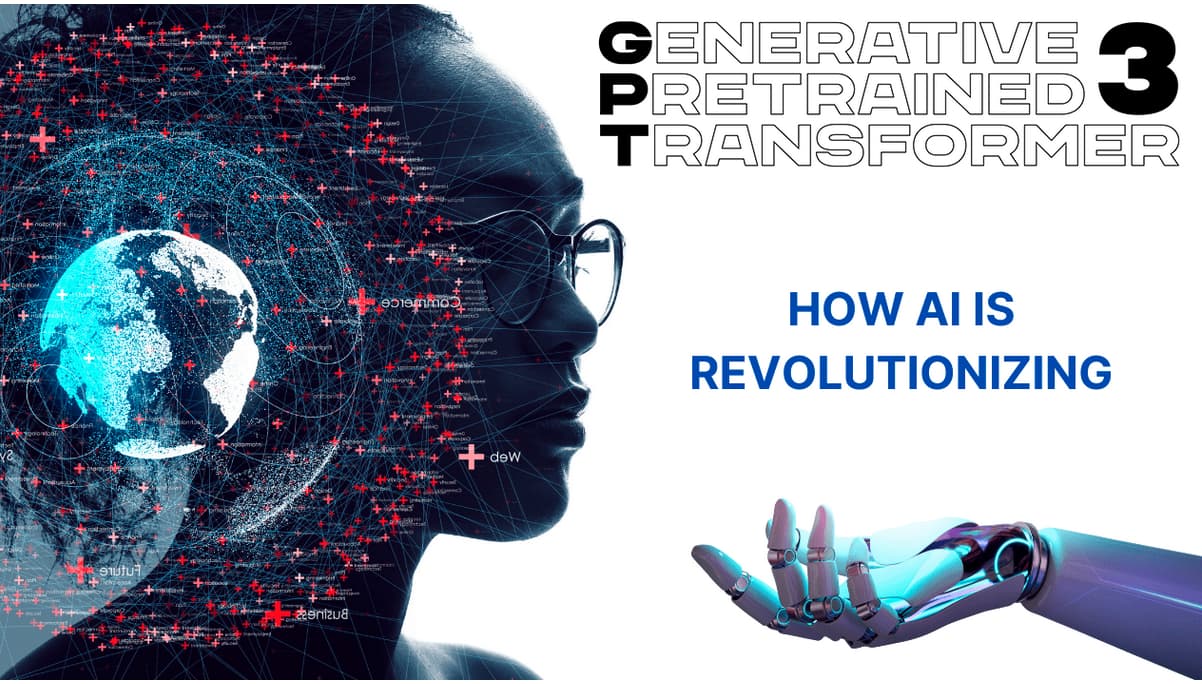OpenAI’s GPT-3, or Artificial Intelligence, is transforming the way we write and debug code. Here are three main takeaways:
- GPT-3 is being used to write codes by generating human-like texts from prompts.
- The time and effort it takes to write and debug code have been reduced through AI tools.
- The future may bring AI, making programming more accessible for non-programmers.
Understanding GPT-3’s Role in Coding
This makes coding easier and faster, as GPT-3 applies advanced language techniques to coding for programmers.
How GPT-3 Works
GPT-3 was created by OpenAI on a huge dataset of text, using its ability to predict word sequences as training data. In other words, GPT-3 learned to generate meaningful text that holds together well while being contextually appropriate by processing a large amount of data. This means that in coding, GPT-3 can frequently generate a small piece of code following natural language prompts, such as, let us say, when a programmer needs to describe the function they need, then he/she can request GPT-3 to give an equivalent code block
Why Access to GPT-3 is Limited
Access to GPT-3 is restricted due to its potential for misuse and its significant commercial value. While its capabilities include answering queries, creating virtual characters, and generating code, there are concerns about its deployment. OpenAI has implemented controlled access to mitigate risks such as generating harmful content or automating malicious activities.
AI Tools Enhancing Coding Efficiency
Several companies are integrating AI into their coding tools, making programming more efficient and less cognitively demanding.
Tabnine’s Code Completion
Tab nine uses GPT-2 to offer code completion suggestions, enhancing productivity for programmers. It understands the context within the code and provides relevant snippets that align with the programmer’s intent. Over time, Tabnine improves its suggestions based on user feedback, becoming more accurate and helpful.
Microsoft’s Enhanced IntelliCode
Microsoft’s IntelliCode is trained on extensive code repositories, enabling it to offer better code suggestions by understanding programmer intent. By analyzing common coding patterns and practices, IntelliCode provides context-aware recommendations that streamline the coding process.
Efficiency Gains from AI Tools
AI-completion tools have a wide array of benefits, including reducing the number of keystrokes and improving overall efficiency. For example, Kite states that its users are experiencing 47% fewer keystrokes, which speeds up coding considerably. Again, JetBrains’ AI-assisted coding tools are improving developer productivity by providing advanced code completion and error detection.
AI in Bug Detection and Prevention
AI is not just helping in writing code, but also in detecting and fixing bugs, thus saving significant time for developers.
AI Models for Bug Detection
Thus, AI is not only beneficial for assisting programmers in writing codes but also for helping them recognize and fix bugs without wasting a lot of time.
Detecting Malicious Code
One is the AI model developed by Brendan Dolan-Gavitt which was trained using GitHub data to detect errors in code. Such models can read through massive codes and spot issues faster than people can. By automating the process of bug tracking, developers get the opportunity to deal with problems on time, making their software more stable and reliable.
Detecting Malicious Code
So far, MIT has been attempting to teach AI models how to find unintentional faults as well as malevolent vulnerabilities in code. However, this task is difficult but necessary when it comes to keeping software security intact and safeguarding against ill-intentioned hackers. Some practices that involve deceiving codes, such as hidden backdoors or weaknesses that can be exploited, need identification even though they pose challenges in admitting their importance for software security purposes. AI techniques thus come into play, where one can use them for analyzing code patterns or flagging suspicious activities by developers seeking to protect their applications from attack and ensure a safer digital environment.
The Future of AI in Programming
The final aim is to invent AI systems that can automatically convert ideas into working code, hence making programming all-inclusive.
Generating Code from Natural Language
Software products such as SourceAI and Debuild are developing systems that generate code from English statements. For instance, a user might describe the feature he/she wants, and the AI can write up some codes for it. For example, these platforms currently automate routine processes like creating data visualizations or building simple websites.
The Promise of No Code/Low Code Platforms
Microsoft imagines a future where anyone who cannot write code can still make software by using low/no-code programming. With the aid of AI and visual interfaces, these platforms facilitate the process of development among non-coders. Faster development periods, lower costs and increased innovation through more participants are some possible advantages that could accrue from software creation.
Potential Applications and Concerns
In different industries ranging from healthcare to business automation to education, low-code/no-code platforms have been widely used. They provide organizations with the ability to rapidly develop their applications.
Additional Elements
| Tool | Key Features | Benefits |
| Tabnine | Code completion using GPT-2 | Reduced keystrokes, context-aware suggestions |
| IntelliCode | Trained on extensive code repositories | Better code suggestions, understanding programmer intent |
| Kite | AI-assisted coding, error detection | Increased productivity, fewer errors |

Comments are closed